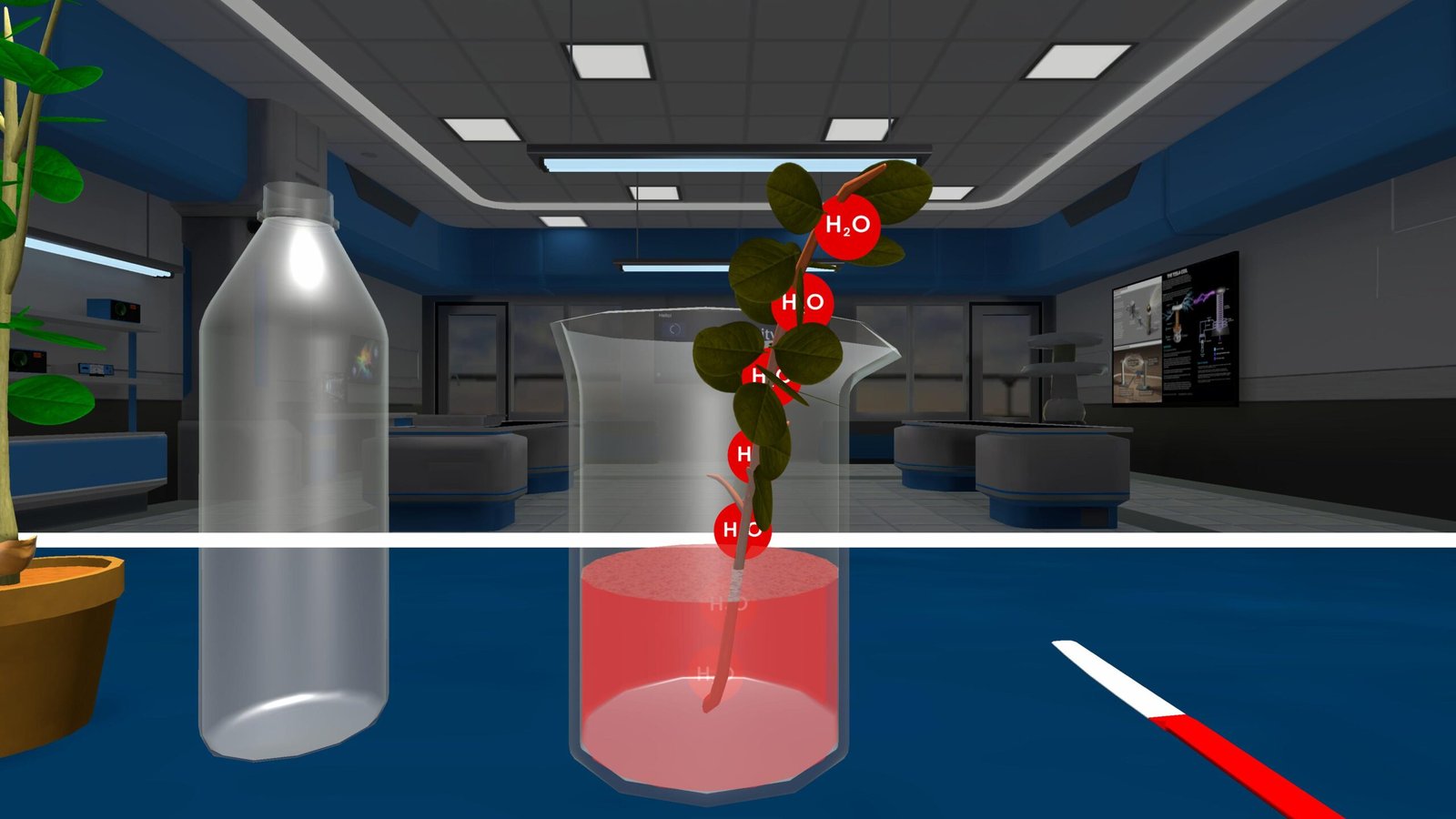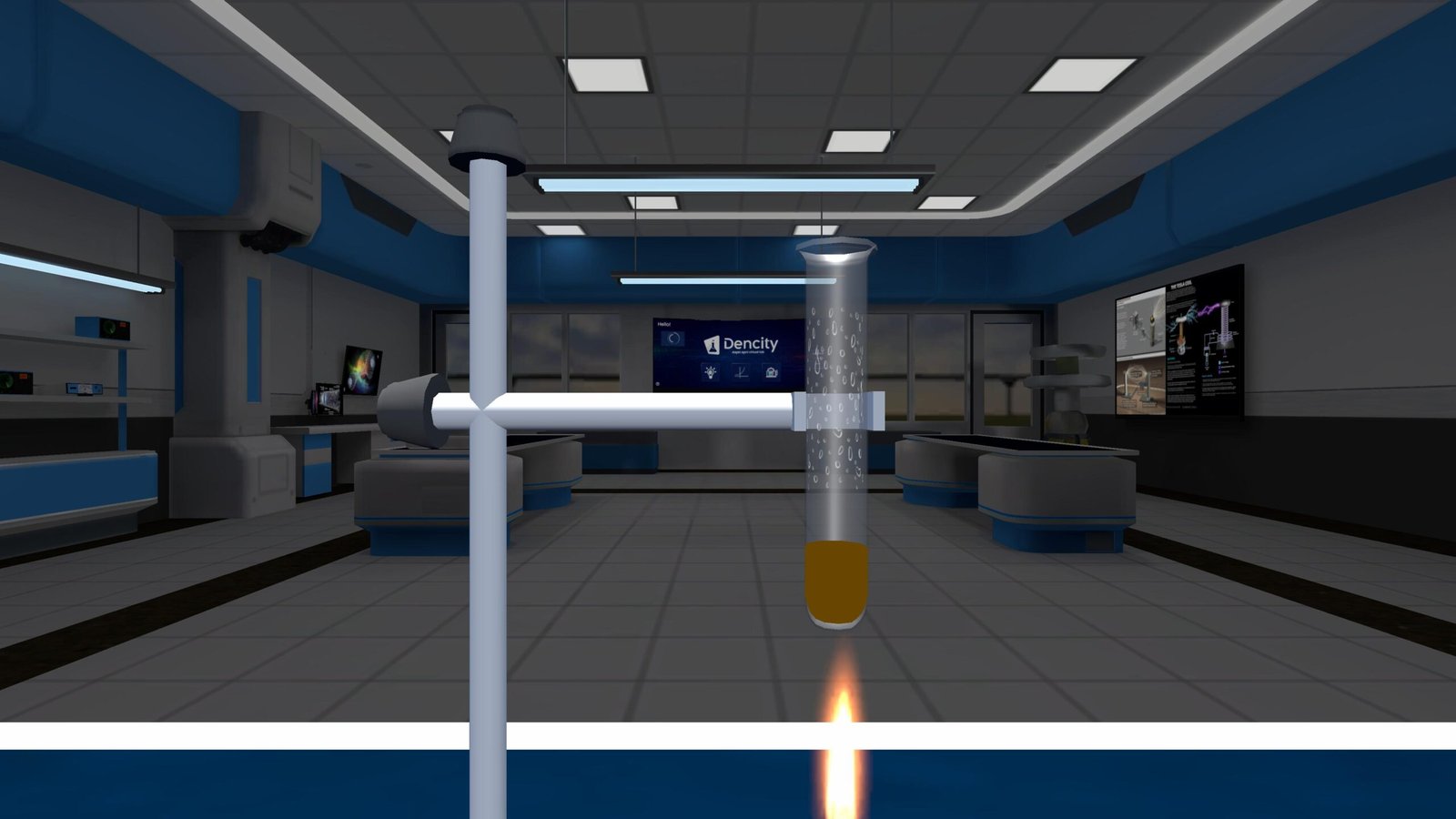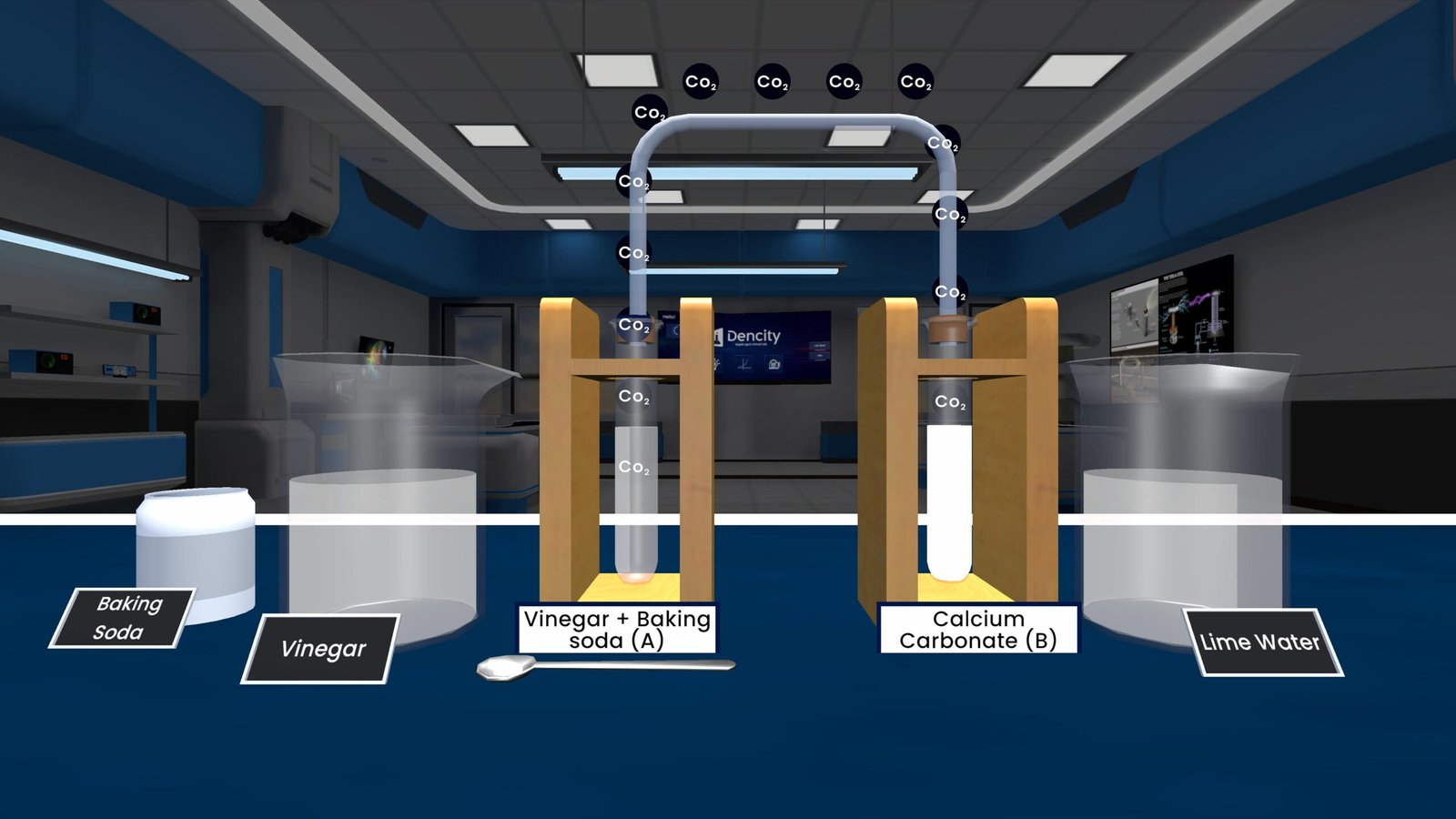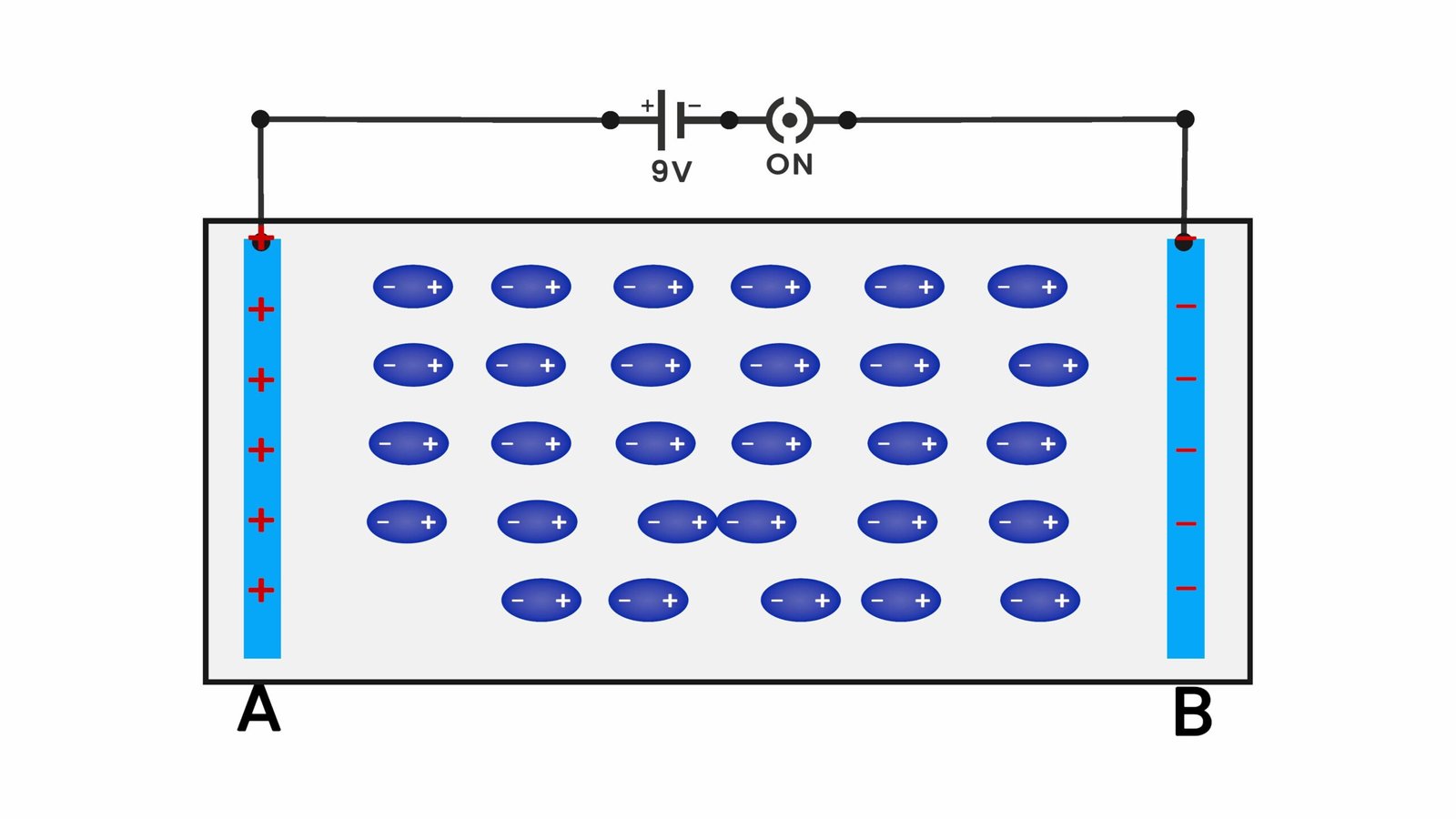Transportation in Plants Experiment
Transportation in plants refers to how water, minerals, and food move throughout a plant. This essential process happens through specialized tissues called xylem and phloem. In this experiment, we observe the movement of water using coloured water and a cut plant stem, showing how plants carry water from roots to leaves.
Understanding the Process
Plants need water for survival, and they absorb it through their roots. But how does that water get to the top of a tree or to every leaf? That’s where the xylem comes in — it’s like a pipeline running from the roots all the way to the leaves.
In our experiment, we place a cut stem (like from a white flower or celery) into coloured water. Over time, we see colored streaks appear in the stem and the leaves. These streaks mark the exact path the water follows, proving that water moves through xylem vessels.
Real-Life Applications
- Farmers water the roots because water naturally moves upward to nourish the entire plant.
- Florists often add food colouring to water to make white flowers change colour — perfect for decorations.
- In tall trees, this system helps water reach leaves that are many meters above the ground.
What We Observe
- Coloured lines show up inside the stem.
- Leaves start showing coloured veins.
- The colour moves higher as more time passes.
- This is visible proof of water transport through xylem.
Summary Table
| Observation | Explanation |
|---|---|
| Coloured lines appear in stem | Shows water moves through xylem vessels |
| Leaves show coloured veins | Water reaches leaf tips through these vessels |
| More colour seen with time | Water flows continuously from bottom to top |
Study Plant Transport Easily with Dencity Virtual Science Lab
Using the Dencity app, students can perform the Transportation in Plants Experiment without needing real plants or dyes. In the Dencity virtual lab, you can:
- Choose a plant stem and add coloured water.
- Watch how the dye moves through xylem vessels in real-time.
- Speed up time to observe faster results.
- Understand how xylem helps plants move water and survive.
This experiment is part of class 10 science, and Dencity makes it simple, safe, and exciting for every student to explore plant biology.
Dencity for Teachers
Dencity supports interactive teaching by providing:
- Live plant experiments without physical setup.
- Tools to adjust variables and explain plant transport systems clearly.
- Features to assign experiments and track student progress.
- A platform to make science more interactive and engaging in both classrooms and online.
Let students see xylem transport in action — no microscope or mess needed.
Works Perfectly on Interactive Touch Panels
Dencity is fully compatible with interactive touch panels. Teachers can zoom in, highlight parts, and control the experiment with simple gestures. It’s the best way to make science lab experiences come alive in classrooms.
Contact Us for a Demo or Customized Pricing
Schools and educational institutions can visit dencityapp.in to schedule a free demo or request custom pricing tailored to your teaching needs.
Frequently Asked Questions (FAQs)
- What is transportation in plants?
It’s the movement of water, minerals, and food through the plant using xylem and phloem. - What does this experiment show?
It shows how water moves up through the xylem, proven by the movement of dye. - Why is coloured water used?
To make the invisible water movement visible by showing its path. - What tissue moves water in plants?
Xylem is the tissue that carries water from roots to leaves. - How does this help in real life?
Farmers and gardeners understand why watering the roots is effective. - Can this be done at home?
Yes, with basic items like celery, food colouring, and water. - What class is this experiment for?
This is part of the class 10 science curriculum. - Can students do this virtually?
Yes, with Dencity, students can simulate this experiment digitally. - Is this useful for remote learning?
Definitely. Teachers can conduct experiments and track learning from anywhere. - Where can we access Dencity?
Visit dencityapp.in for access, pricing, and more info.
Bring biology to life with Dencity – Your Complete Virtual Science Lab.







